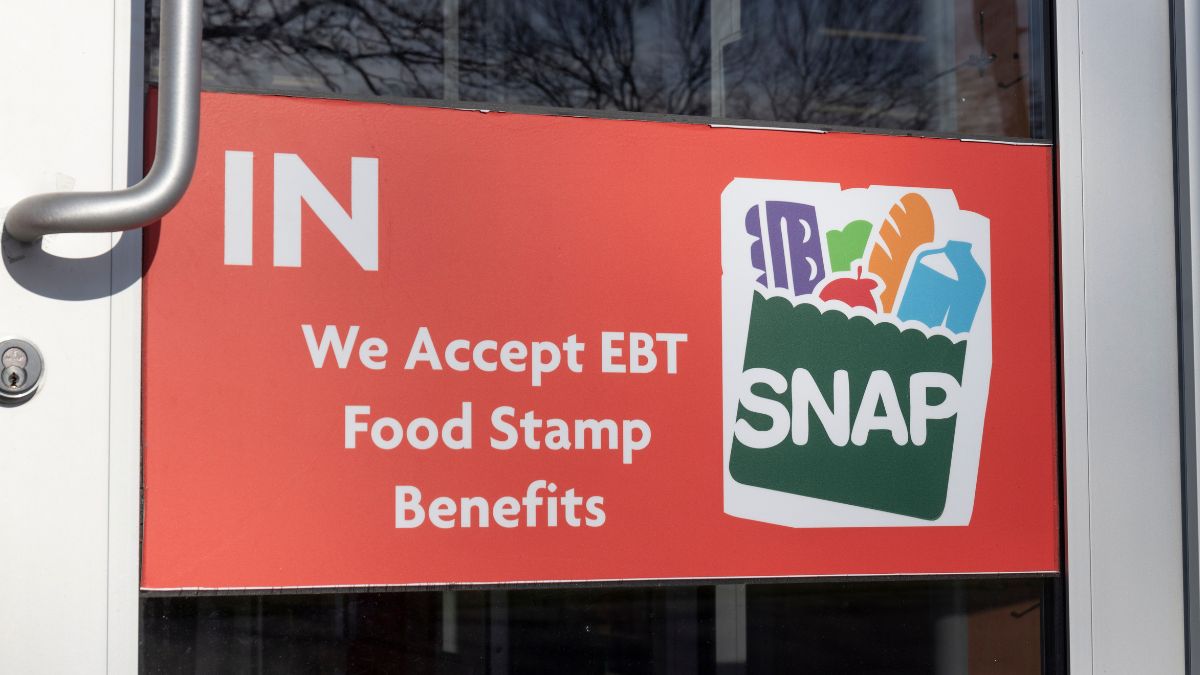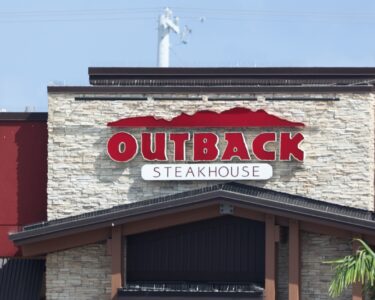If you’re one of the millions of Americans who rely on the government’s Supplemental Nutrition Assistance Program, or SNAP, big changes could affect your benefits. On Monday, September 1, President Donald Trump’s cuts to the program took effect. This shift comes after Trump signed into law his One Big Beautiful Bill, where this switch up in spending was initially outlined. Keep reading to find out exactly what SNAP changes are expected and what you can do if you’re affected.
What is the Supplemental Nutrition Assistance Program?
The Supplemental Nutrition Assistance Program—or SNAP—is the official term for food stamps. It was created back in 1939 during the Great Depression and was enacted all over the country in 1964 after the signing of the Food Stamp Act.
SNAP’s primary goal is to help low-income citizens purchase groceries, and as of publication, it’s believed that 41.7 million people —or 12.3% of Americans use the program in some way. SNAP is overseen by the Department of Agriculture, which is currently run by Brooke Rollins, who was appointed by President Trump earlier this year.
What to know about the changes coming to SNAP

As outlined in President Trump’s One Big Beautiful Bill, beginning September 1, parents with children, people 55 to 64 and veterans will have to work—or prove they can’t work due to caregiving responsibilities or health issues—in order to receive SNAP benefits. It’s the first time since the program’s founding this has happened, but it isn’t exactly a new idea. Before this change, many individual SNAP beneficiaries were limited to three months of food stamp benefits unless they could prove they were working at least 20 hours a week. Once their working hours were verified those individuals were able to get their full SNAP benefit, a system that will now be in effect for parents, older adults and veterans.
As of publication, the Congressional Budget Office (CBO) estimates that 2.4 million Americans will be affected by these changes, which is approximately 17% of the total program’s users.
It’s “the largest cut to SNAP in history” according to a recent report by the Center on Budget and Policy Priorities, which states, “As a result of these cuts and other policies in the legislation—which are being used to pay partly for trillions in tax cuts skewed to the wealthy—millions of people would lose some or all of the food assistance they need to afford groceries, when many low-income households are struggling to afford the high cost of food and other basic needs.”
Despite the backlash, the White House has continued with the changes, saying in a statement, “Only 28% of able-bodied adults on SNAP work. The One Big Beautiful Bill promotes work, responsibility, and restores SNAP to serve the truly needy.”
“SNAP enrollment remains high even in a strong economy, including millions of able-bodied adults who could work. In fact, almost three-quarters of able-bodied adults without dependents on SNAP have no earned income. The mission of the program has failed. SNAP was intended to be temporary help for those who encounter tough times—we are strengthening this program to serve those who need it most.”
Food assistance programs besides food stamps

If you are one of the people whose SNAP benefits are changing, there are several other food-assistance programs that can help, including food banks and soup kitchens. To locate the food bank nearest you, click here.
Along with those programs, there are also several different organizations decided to helping people get the nutrients they need. These include the USDA’s Women, Infant and Children program, which helps pregnant women and parents with children under the age of 5. There is also The National School Lunch Program (NSLP) which helps students receive free or reduced lunch at their school.
Another common resource people use is Hunger-Free America’s National Hunger Hotline, which allows people to call someone who can give them professional advice and help on things like grocery shopping and nutrition. Their phone number is 1-866-348-6479 or you can visit their website here.






